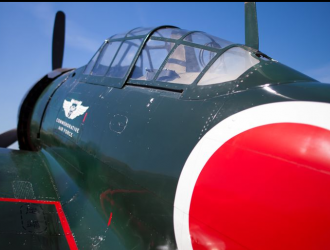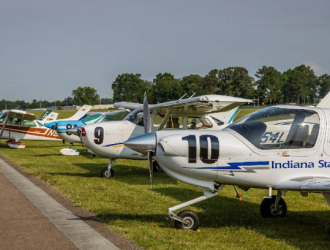
The new widebody would seat some 280 passengers and fly to a range of 6,500 nautical miles, placing it roughly in the category of the Airbus A330-900. The airplane, an agreement to establish a partnership for which Comac and UAC signed in June of last year during Russian president Vladimir Putin’s official visit to China, would cost between $13 billion and $20 billion to develop. The companies first revealed preliminary operating specifications during last November’s Airshow China in Zhuhai, along with plans to build a final assembly facility in Shanghai. Schedules call for first flight in 2023 and entry into service in 2026.
UAC and Comac intend to use the Boeing “gate” process for managing the program. Gate 3—at which point the aircraft would reach complete definition—would happen some time in 2018 or 2019. Comac and its Avic subsidiary will carry responsibility for final assembly and the majority of parts manufacturing, using existing factories around Shanghai and other Chinese cities, including those now being used for the ARJ21 and C919 airliners. The Russian partner would perform mainly design and development work, according to UAC president Yuri Slyusar. UAC’s newly built 463,000-sq-ft engineering center at Zhukovsky, near Moscow, will house Chinese and Russian engineers working on the program.
Initially, the 75,000-pound-thrust-class engines for the new widebody would likely come from Rolls-Royce and/or GE, “which already have suitable models with the required thrust of 35 metric tons,” according to Slyusar. Later propulsion options could include a larger version of the Aviadvigatel PD-14 now undergoing testing by the Russian design house in Perm called the PD-35. The Chinese side has also expressed a desire to develop a turbofan of its own to power the airplane and last year consolidated several state-owned companies to establish the new Aero Engine Corporation of China (AECC).



